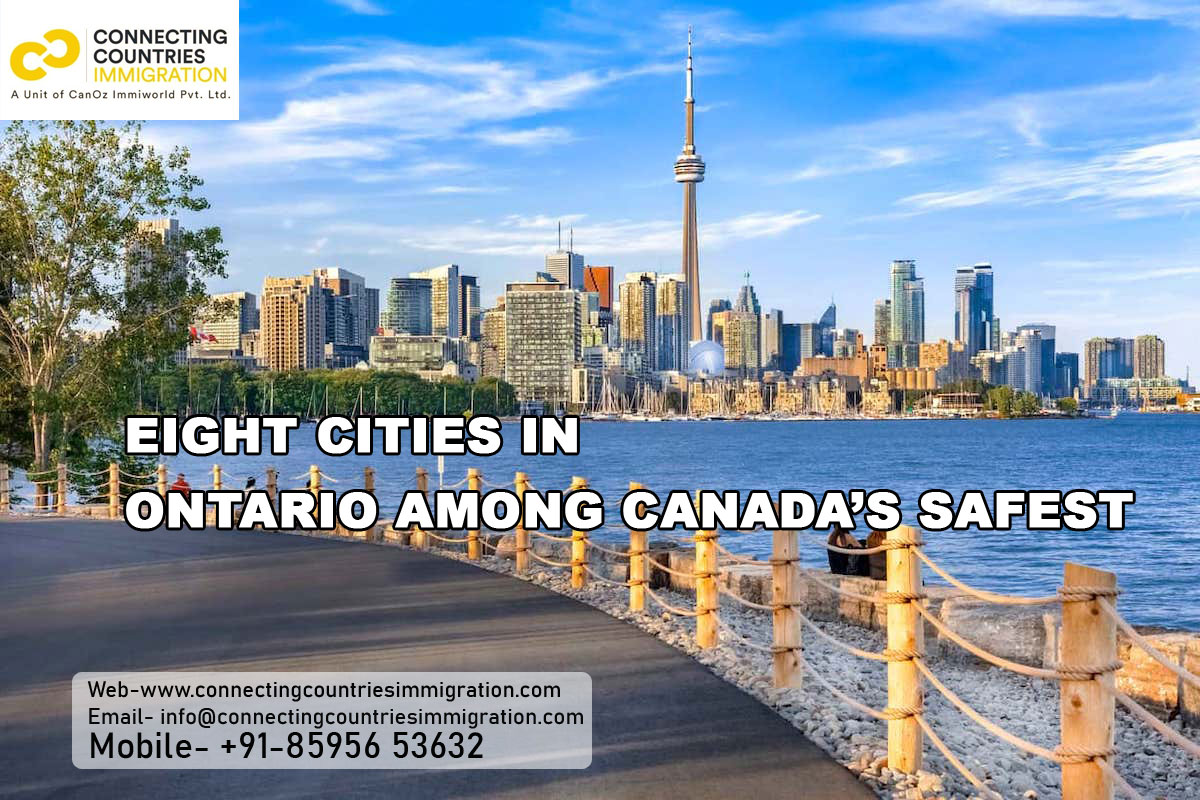Rentola, an online marketplace for tenants and landlords, has released a survey on the safest cities in Canada. According to the research, Ontario had eight of the top 10 safest cities in Canada. The study also discovered that Ontario had ten of the top twenty safest cities in Canad.
The research assigned a safety score to each Canadian city based on the effectiveness of law enforcement and the crime rate within the community. The analysis relied on Statistics Canada data and considers:
· Number of citizens per police officer;
· Violent crime index (focusing on serious crimes like homicides, assaults, robbery, etc.);
· Non-violent crime index (focusing on crimes like embezzlement, insider trading, fraud, etc.);
· Crime solving rate (calculated by taking solved cases as a percentage of total crimes reported); and
· Crime severity index (derived by studying the seriousness and frequency of crimes within a city);
The study then attempted to incorporate all of these findings into a single safety score. The method graded from 1 to 10, with 1 being the least safe and 10 being the safest possible score.
The following are the 10 safest cities in Canada, along with their respective safety scores:
· Barrie, Ontario: 7.13;
· Brantford, Ontario: 7.00;
· Guelph, Ontario: 6.84;
· Toronto, Ontario: 6.63;
· Saint John, New Brunswick: 6.63;
· Bellelville, Ontario: 6.43;
· Windsor, Ontario: 6.42;
· St. Catharines-Niagra, Ontario: 6.40;
· Lethbridge, Alberta; 6.37
· Kitchener-Cambridge-Waterloo, Ontario: 6.29
The placement of Toronto as the fourth safest city in Canada is notable on the list. Toronto is Canada’s largest metropolis, with a population of 2.7 million people in the city itself and a larger population of 6.2 million when the Greater Toronto Area (GTA) is considered—as the Rentola research did. The relatively populous Canadian cities of Montreal, Vancouver, and Calgary ranked substantially lower on the list with lesser populations, presenting a strong case (within the scope of this study) for the prevalent safety of Canada’s most populated cities and municipal areas.
From a provincial perspective, 14 of the 34 cities featured in this research were in Ontario, six in Quebec, four in British Columbia, and three in Alberta. According to the website’s Crime Severity Index (CSI), Ontario and Quebec had far lower crime severity than other Canadian provinces, which is unexpected given that they are the two most populous provinces in the country. The report also discovered that the Northwest Territories had by far the worst crime rate in the country.
Notably, the research mentions that, while many Canadian communities have high safety ratings and low crime rates, some level of crime is always expected to occur, whether serious or little. Despite this, Canadian cities remain among the safest in the world.
Can I use this information to help me select where I want to live?
While the Rentola report does not claim to be an exhaustive study of all safety considerations, or even of all Canadian cities (due to a lack of data), it does provide some valuable insight into crime and law enforcement in various cities that readers can use to gain an understanding of a city’s safety. Furthermore, Statistics Canada has produced statistics that can help newcomers better understand where they can live while still being connected to a big metropolis.Readers can also look at reports that contain other aspects such as GDP, nightlife, weather, and so on; correlating these studies can help newcomers choose the best spot to start their new life in Canada.



